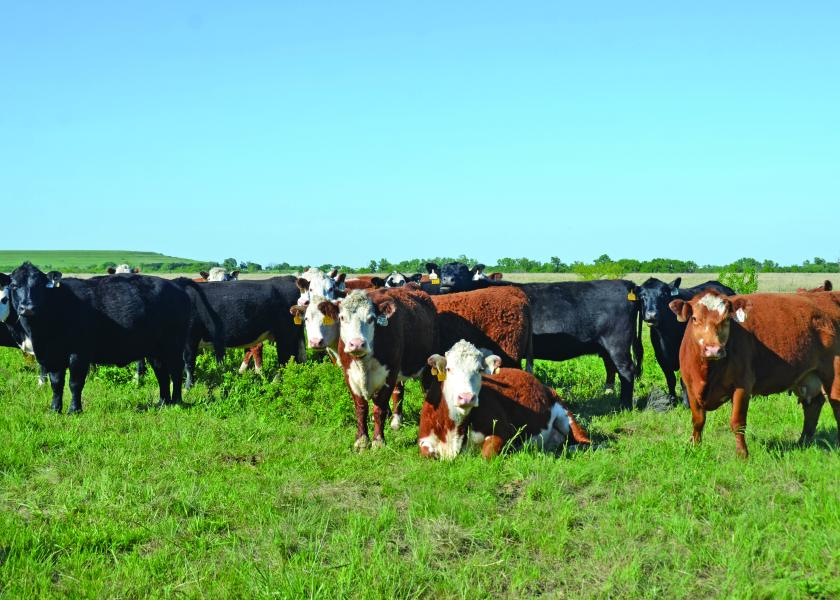Cull Cow Strategies

While a cattle producer’s primary focus might be on annual calf sales, failure to develop a marketing plan for cull cows can be costly. That’s because the sale of cull cows accounts for 15% to 30% of the yearly gross revenue of cow-calf operations.
Many cows are culled from spring calving herds in the fall after pregnancy checks. Sending open cows directly to a sale barn means they’ll sell at historically the lowest point of the year.
“Cull cow prices over the past 30 years have been the lowest in November, December and January. The highest price levels are historically seen in March, April and May,” says Dennis Bauer, an Extension educator in Nebraska.
That suggests you could increase returns by holding fall-culled cows for sale at a later date. Realizing greater returns, however, is closely tied to cow condition.
Pay close attention to market news reports about the price differential of the cows in various classes, says Glen Selk, an Extension beef specialist at Oklahoma State University. “Cull cows that can be fed enough to gain body condition from the Lean class to the Boning Utility class can gain weight and value per pound at the same time,” he says.
Seldom, if ever, does this situation exist elsewhere in the beef business.”
Cull cows are graded by their fleshiness, Selk says, with the fattest cows called Breakers. Moderately fleshed cows are Boning utility, and thin cows are called Leans or Lights, depending on their weight.
“If cows are being culled while very thin, consider short-term dry lot feeding to take them up in weight and up in grade,” Selk says. “This usually can be done in about 50 to 70 days with excellent feed efficiency. Rarely does it pay to feed enough to move the cows to Breaker class. There is very little, if any, price per pound advantage of Breakers over Boning Utility, and cows lose feed efficiency if fed to that degree of fatness.”
Not every cull cow should be considered a candidate for an overwinter feeding program. Cows with a body condition score (BCS) of 5 or higher should not be held, says Heather Gessner, Extension livestock business management field specialist at South Dakota State University.
“One reason to keep the cow on feed is to increase the BCS thus increasing muscle mass, the fat layer and total pounds available for sale,” she explains. “Cows already in good condition will not gain additional pounds in an efficient manner and will likely eat more in feed than the return to feeding them.”
Pay attention to the condition of your cull cows as market day nears. “Within each grade, large variation in prices per hundredweight will exist because of differences in dressing percentage,” Selk says. “Cow buyers are particularly aware of the proportion of the purchased live weight that eventually becomes salable product hanging on the rail.”
Key factors that affect dressing percentage include gut fill, udder size, mud and manure on the hide, excess leather on the body and anything else that contributes to the live weight but does not add to the carcass weight.
“As producers market cull cows and bulls, they should be cautious about selling cattle with excess fill,” Selk says. “The large discounts due to low dressing percent often will more than offset any advantage from the added weight.”







